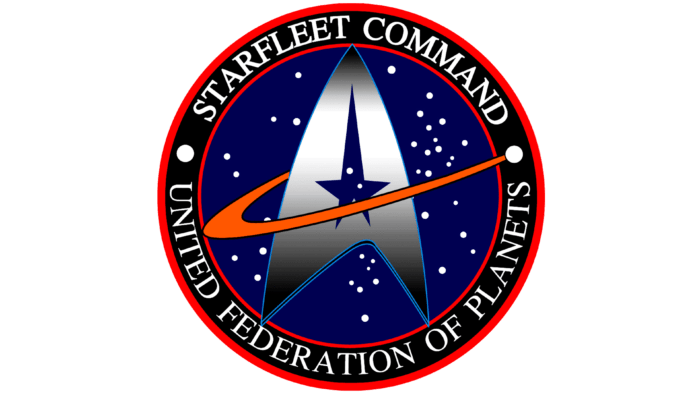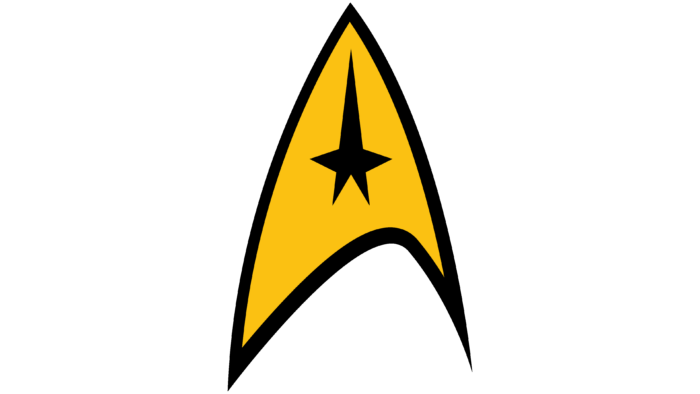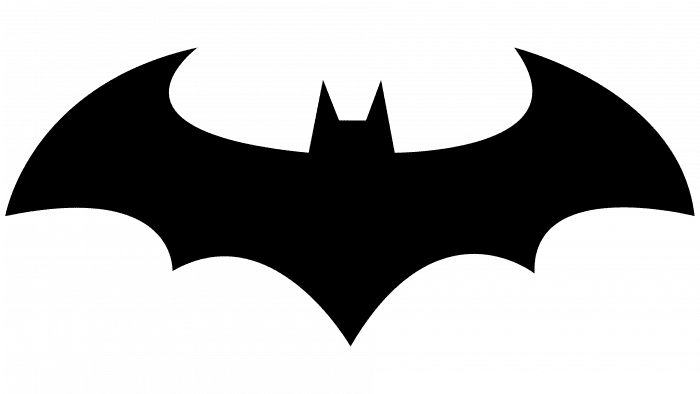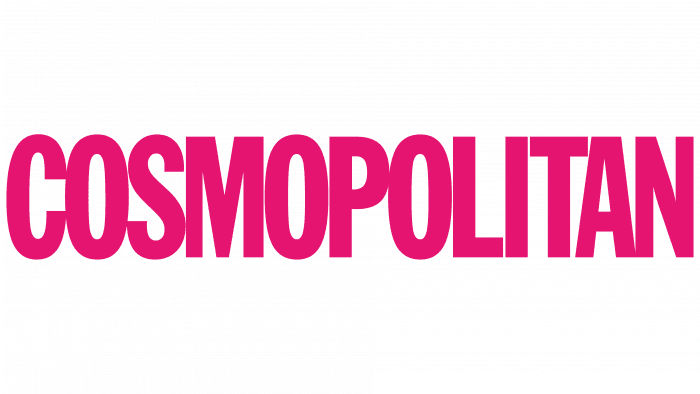Flying up to the stars is the Starfleet logo. Intergalactic travel, uniting the far corners of the universe – this is the organization’s main mission, which the emblem conveys. Symbols warn – the enterprise is dangerous but of great importance.
Starfleet: Brand overview
| Founded: | 2161 |
| Founder: | United Federation of Planets |
| Headquarters: | San Francisco, California, United Earth |
Meaning and History
Star Trek: Enterprise episodes say that the fictional community began work between 2112 and 2136. Then it funded the research of scientists Z. Cochrane and H. Archer. The result of cooperation was the successful launch of the Warp-3 spacecraft in the 40s of the 22nd century.
In a fictional company, earthlings serve as representatives of other races. And not all of them are citizens of the Federation. Starfleet is loyal to this issue and accepts those who wish to serve and meet professional requirements. For non-citizens, a recommendation from any active officer is sufficient. Therefore, among its members are Bajorans, Andorians, Klingons, Trills, Bolians, Betazoids, Ferengi, and many others.
They are engaged in scientific developments, carry out diplomatic missions, conduct colonization, respond to distress signals, transport citizens from planet to planet, and protect against external threats. Later, a military function was added to them. The militarization of Starfleet began after contact with an aggressive and hostile race.
All organization attributes, stripes, chevrons, and other markings, are decorated with a single emblem. It reflects the concept of service and is the material embodiment of its noble goals. Interestingly, this logo is so popular in the real world that it was based on the symbol of the Space Force, the active division of the US Armed Forces. But the management and developers deny this fact, although the similarity between them is clear in form, elements, and structure.
The Starfleet identity consists of a round symbol, the classic earthling rondel, which is most often used in heraldry. A triangular element with sharp ends and a figured cutout is in the middle. Although it resembles a boomerang or a rocket directed upwards, it follows the contours of the Martian dunes – they are identical. The lower cut divides the structure into two uneven halves: the left leg is wider than the right. A gap in the form of a five-pointed star with an elongated upper beam is carved in the center. A fragment of the Universe with white dots is visible through it – placers of planets, other worlds, and galaxies.
The sign is surrounded by an orbit – a tapering line of light red. It starts behind the central figure and ends at a large dot that separates the inscriptions on a wide strip. At the top is the phrase “Starfleet Command”; at the bottom, it says “United Federation of Planets.” The letters are capital, printed, with serifs. Like the central one, the outer circle has a bypass ring of the same color. The difference between them is only in thickness: the first is almost twice as wide as the second. The background for text and graphic elements is the dark blue color of deep space.
Starfleet: Interesting Facts
Starfleet is a key organization in the “Star Trek” universe, acting as the space exploration and defense arm of the United Federation of Planets. Its missions cover many topics, from exploring new worlds to keeping peace and conducting research.
- Origin: Starfleet started in 2161, and the United Federation of Planets was formed the same year. Its history refers to earlier space exploration groups on Earth and other planets that joined the Federation, showing a long tradition of exploring space and defending its members.
- Prime Directive: The Prime Directive is at the heart of Starfleet’s rules. This rule prevents Starfleet from interfering with the natural development of alien societies, especially those that have yet to figure out faster-than-light travel. It shows Starfleet’s commitment to respecting other cultures and not interfering.
- Starfleet Academy: In San Francisco, the Starfleet Academy trains future officers. The training is tough, covering everything from space physics to how to lead and negotiate. Getting in and making it through the training is known to be very hard.
- Diverse Crews: Starfleet includes beings from many different species. This diversity brings new ideas and abilities to the team. Famous examples include Spock, a Vulcan; Worf, a Klingon; and Nog, a Ferengi.
- Starship Types: Over time, Starfleet has created many kinds of starships for different tasks, such as exploring, fighting, or diplomatic missions. Famous ships include the USS Enterprise from the Constitution, Galaxy, and Sovereign classes.
- Exploring and Meeting New Worlds: Exploring is a big part of Starfleet’s work. It often makes first contact with new species and discovers unknown phenomena. This role helps increase the Federation’s knowledge and reach out to new civilizations.
- Defending and Keeping Peace: Starfleet has been part of big conflicts like wars with the Klingons, the Dominion, and battles with the Borg. Even with a focus on exploration, it’s also ready to defend the Federation.
- Innovation in Technology: Starfleet is a leader in science and technology within the Federation, making breakthroughs central to its operations, such as warp drives, transporters, and holodecks.
- Role in Stories: Many “Star Trek” stories focus on Starfleet and its crew, using it to explore big ideas like morality, diversity, the thrill of discovery, and how to solve conflicts. The challenges Starfleet faces often reflect issues in the real world.
- Cultural Significance: Starfleet symbolizes what humanity hopes to achieve in space exploration and working together. It has inspired fans and even influenced real science and space exploration efforts.
Starfleet’s detailed background and ethical approach have made it a foundational part of the story of Star Trek. It offers a vision of a future where exploring the unknown, valuing diversity, and working together are key.
Font and Colors
Although the Star Trek prequels use a group of individual typefaces of the same name, the fictitious organization’s emblem uses a genuine earth font. It is identical to that used in the American organization Space Force symbols. These are classic printed letters of medium thickness with miniature sharp-shaped serifs.
The logo’s color palette reflects the basic shades of outer space: dark blue, white, red. The sign also contains a gray gradient spectrum – from shiny chrome to saturated graphite.
Starfleet color codes
| Xanthous | Hex color: | #ffb731 |
|---|---|---|
| RGB: | 255 183 49 | |
| CMYK: | 0 28 81 0 | |
| Pantone: | PMS 1235 C |
| Black | Hex color: | #000000 |
|---|---|---|
| RGB: | 0 0 0 | |
| CMYK: | 0 0 0 100 | |
| Pantone: | PMS Process Black C |





